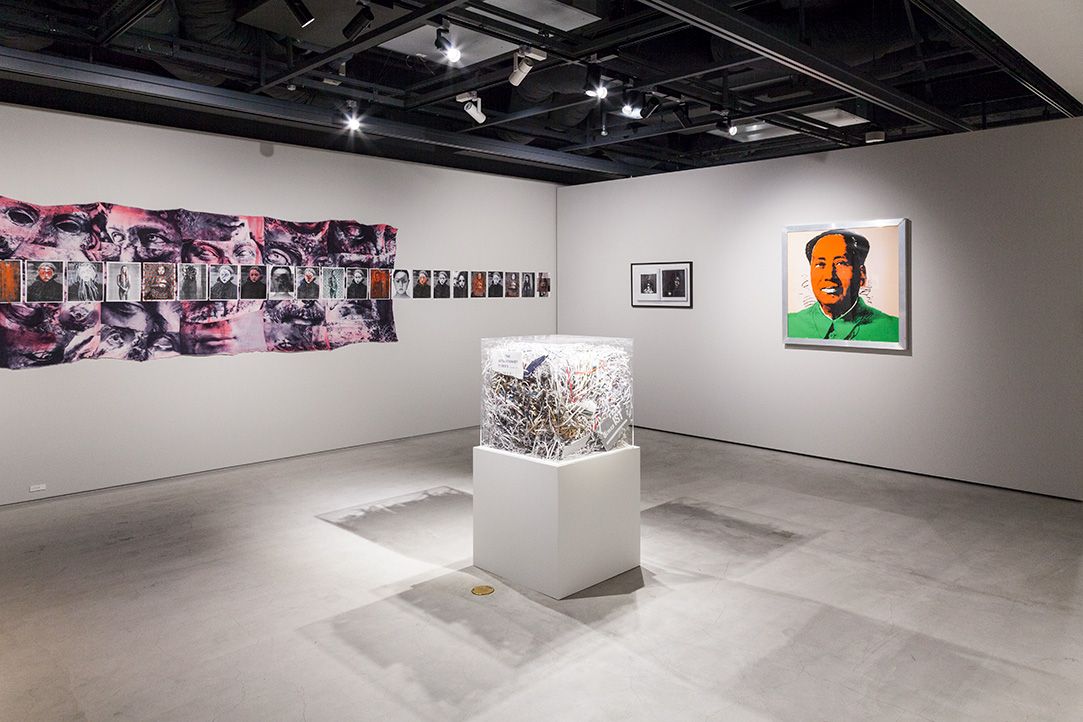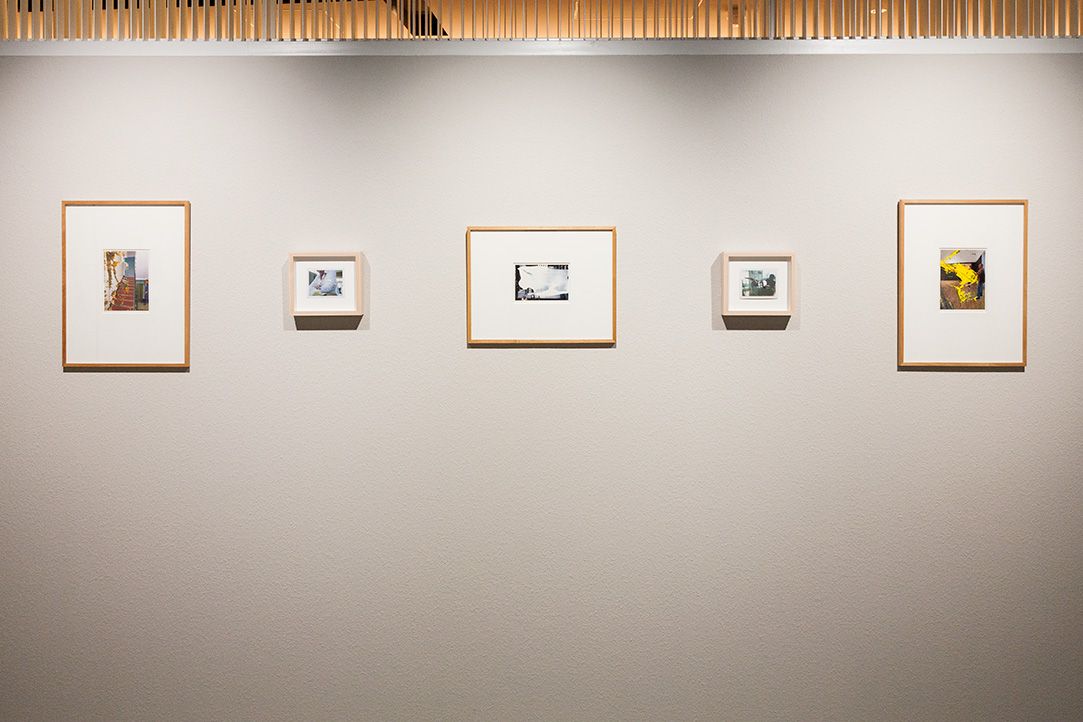| Exhibition | Defacement |
|---|---|
| Location | The Club |
| Date | 18/24, Jul 7 |
| Artists | Andy Warhol Betty Tompkins Brook Hsu Gerhard Richter Jacqueline de Jong Leigh Ledare Lucas Ajemian Maria Eichhorn Nicolas Guagnini RH Quaytman Richard Aldrich Susan Howe |
In 1961, Asger Jorn and Jacqueline de Jong (artists and original members of the Situationist International) began working on a multi-volume publication of photographic picture books called the Institute for Comparative Vandalism which aimed to understand how the evolving defacement of Northern European cultural objects and edifices could alter and supersede the meaning of the artifacts that were vandalized (per se). The Institute was focused on illustrating how this vandalism was driven by aesthetic, artistic forces without any concrete reasons: an artistic vandalism without political, violent, dictatorial or revolutionary motivations. In Jorn's purview, this concept is aligned with the classic situationist strategy of détournement, the “integration of present or past artistic production into a superior construction of a milieu,” and was further explored in the publication The Situationist Times (published and edited by de Jong from 1962-67).
In Jorn’s own words, "Détournement is a game made possible by the capacity of devaluation. Only he who is able to devalorize can create new values...It is up to us to devalorize or to be devalorized according to our ability to reinvest in our own culture.” In short, one must sacrifice the past to make way for the future.
Détournement is closely related to defacement –as illustrated in this exhibition-- in which both the source and the meaning of the original subject or object are subverted to create a new work. The artworks in Defacement thus fulfill Jorn’s premise of vandalism and the collective situationist notion of détournement, while also investigating the concept as explored by anthropologist Michael Taussig in his eponymous book, asking what surfaces when an artist defaces the surface?
One of the most notorious examples of defacement is illustrated in Guy Debord’s graffito, “Ne Travaillez Jamais,” scrawled on a public embankment in Paris in 1963. In order to understand Defacement, we must understand the complex term, vandalism, an action involving deliberate destruction or damage to public or private property (such as a graffiti). Vandalism connotes a dirty word, as does appropriation: the action of taking something for one’s own use, typically without the rightful author or owner’s permission. To vandalize is to steal or destroy; the works in Defacement, however, détourn the connotation of this action and investigate both the meaning of an image or object’s destruction and its revalorization. Defacement, as diametric to vandalism, iconoclasm or desecration, revalues, rather than devalues. Presented in Defacement is work by twelve contemporary artists in which the artist has executed an incisive attack on the surface or original image in order to alter, subvert, or deface: to revalorize a new form, reading or meaning.

1/3 
2/3 
3/3